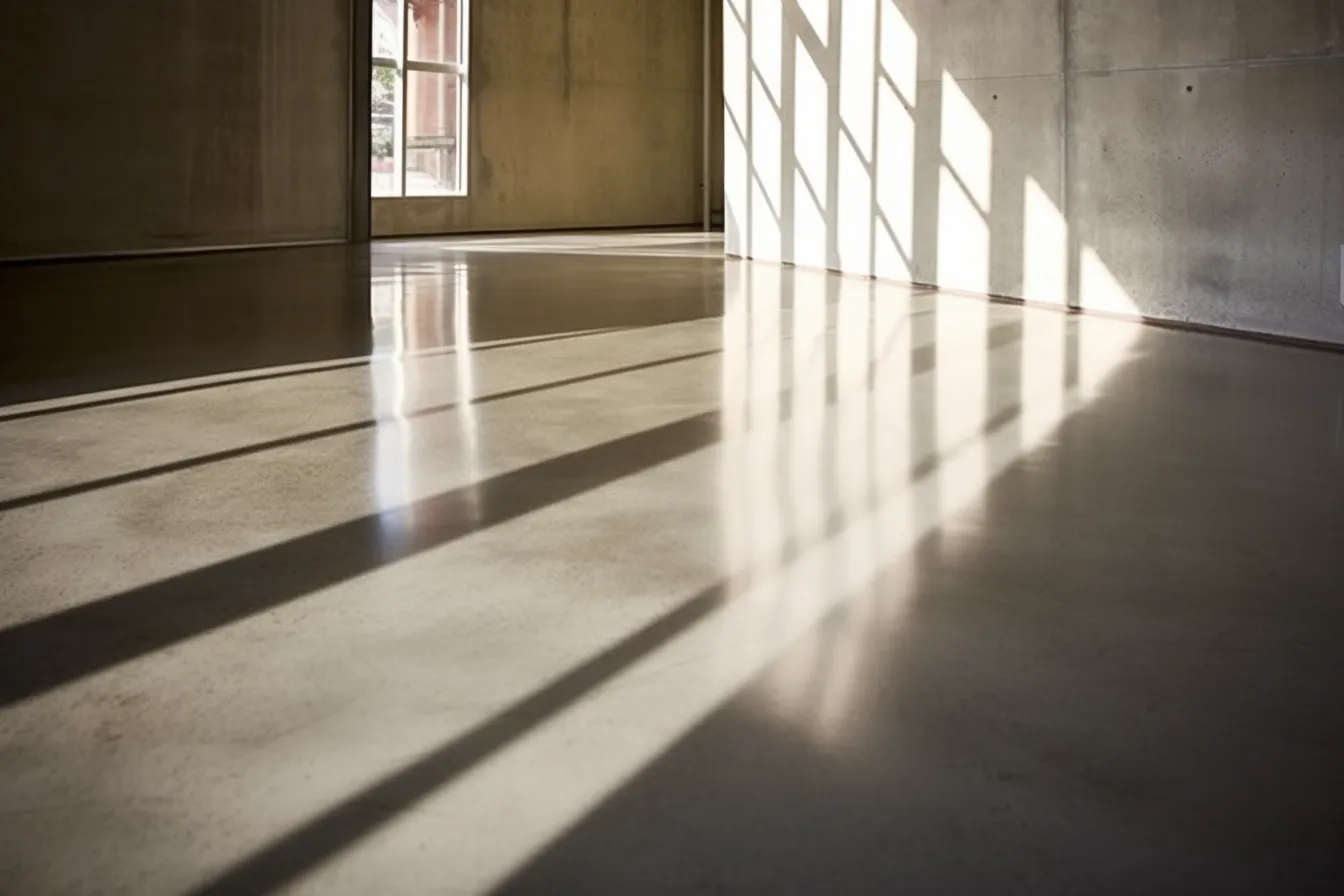When it comes to choosing the right flooring option for your space, there are numerous factors to consider. One popular choice that has gained significant attention in recent years is polished concrete. With its sleek and modern appearance, polished concrete offers a unique combination of aesthetics and functionality. In this article, we will delve into the pros and cons of polished concrete, helping you understand its appeal and potential drawbacks. Whether you are a homeowner, a business owner, or an architect, this article will provide valuable insights into the world of polished surfaces.
The Pros of Polished Concrete
Polished concrete offers several advantages that make it a desirable flooring option for many. Firstly, its sleek and glossy finish adds a touch of sophistication to any space. Whether you are looking to enhance the visual appeal of your home, office, or retail store, polished concrete effortlessly elevates the overall aesthetics. Its smooth and reflective surface creates a natural shine that enhances the lighting in the area.
This type of flooring is also low maintenance, making it highly convenient for busy individuals or high-traffic areas. Unlike other flooring options that require constant upkeep, polished concrete only needs occasional sweeping or mopping to maintain its pristine appearance. It is resistant to stains, spills, and scratches, making it suitable for areas prone to spills or accidents.
In terms of sustainability, polished concrete is an environmentally friendly choice. It utilizes the existing concrete slab, eliminating the need for additional materials. By reducing the amount of waste generated during installation, polished concrete helps minimize environmental impact. Additionally, its reflective properties reduce the need for excessive artificial lighting, resulting in energy savings.
The Cons of Polished Concrete
While polished concrete offers many advantages, it is essential to consider its potential drawbacks as well. One of the primary concerns is its initial cost. The process of polishing concrete involves several steps, including grinding, chemical treatments, and polishing. This can make the upfront cost higher than other flooring options. However, it is important to note that the long-term benefits, such as low maintenance and durability, often outweigh the initial investment.
Another consideration is the hardness of polished concrete. While its durability is a plus, the hardness can cause discomfort for those who spend prolonged periods standing or walking on it. To alleviate this issue, adding area rugs or floor mats can provide additional comfort and reduce the strain on joints and muscles.
Additionally, if sound reduction is a crucial factor for your space, polished concrete may not be the best choice. This type of flooring tends to reflect sound rather than absorb it. As a result, it can create a loud and echoic environment, which may not be ideal for certain settings, such as libraries or recording studios.
Conclusion
Understanding the aesthetics and functionality of polished surfaces is important when deciding on the ideal flooring option for your space. Polished concrete offers a sleek and modern appearance that enhances the overall aesthetic appeal. Its low maintenance and durability make it a convenient choice for high-traffic areas. However, the initial cost, hardness, and sound reflection should also be taken into consideration. Ultimately, the decision should be based on your specific needs and preferences. Whether you choose polished concrete or another flooring option, always prioritize finding a balance between style, practicality, and long-term value.
